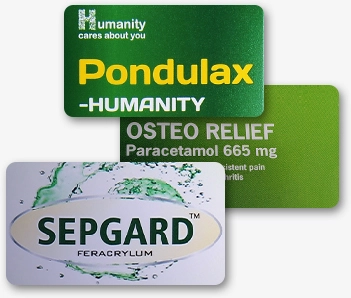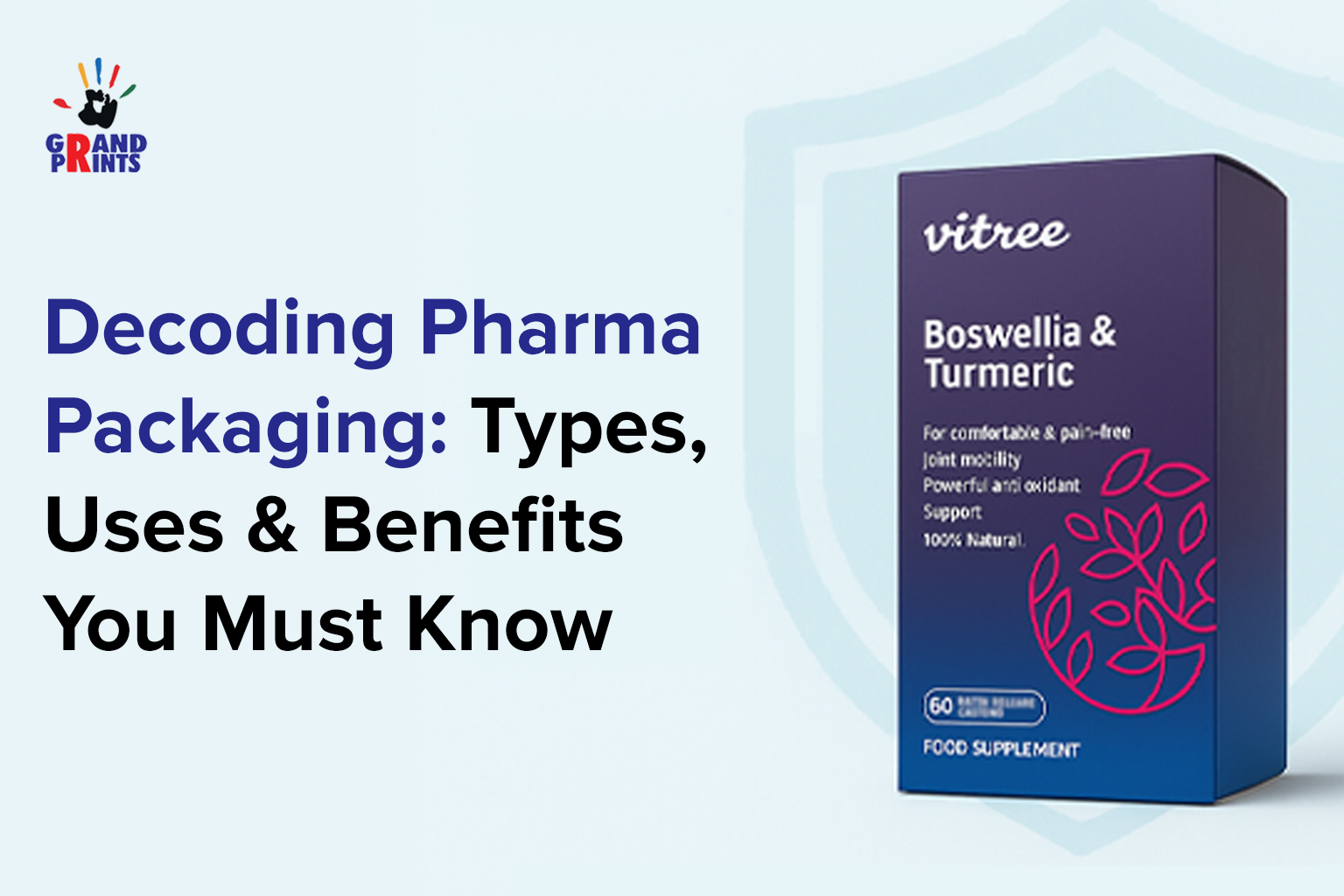What is the difference between primary and secondary pharma packaging?
Primary packaging comes in direct contact with the drug (like blister packs or bottles), while secondary packaging surrounds it, typically a carton that provides protection, branding, and important usage information.



